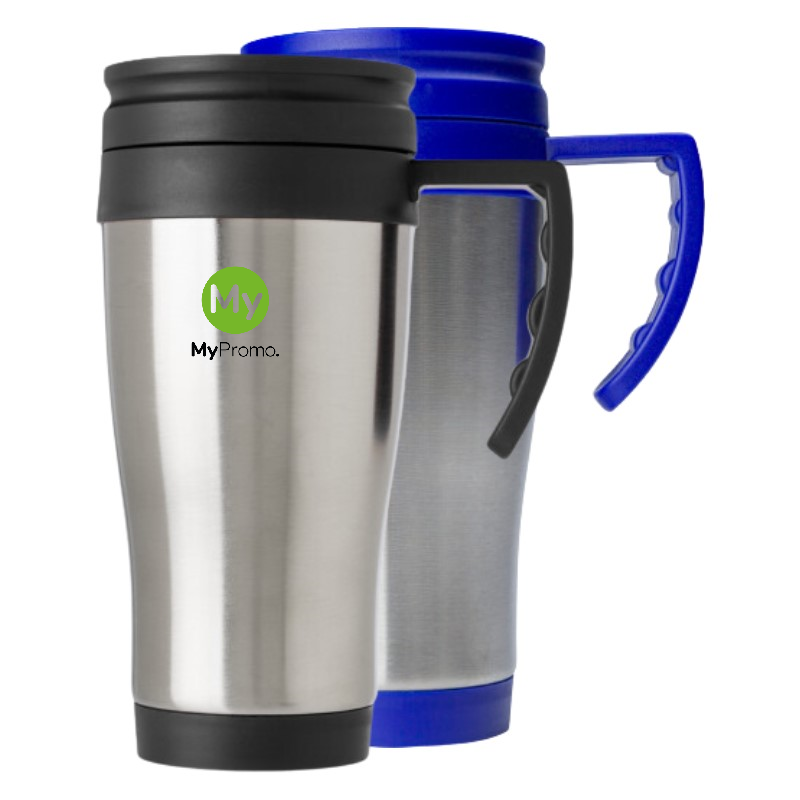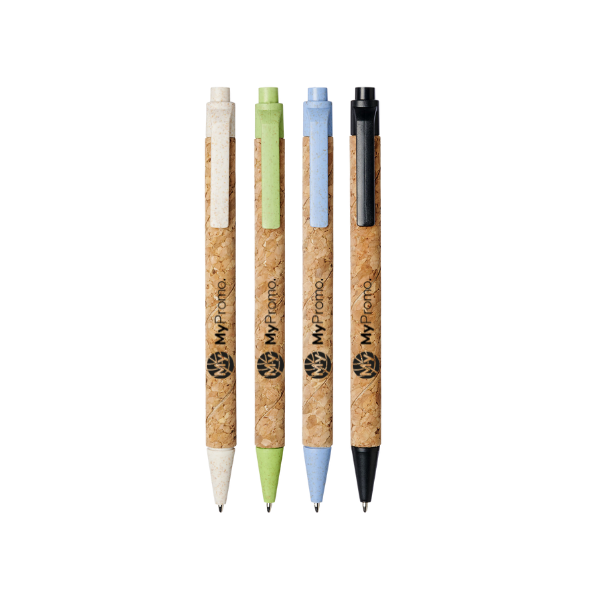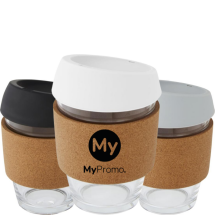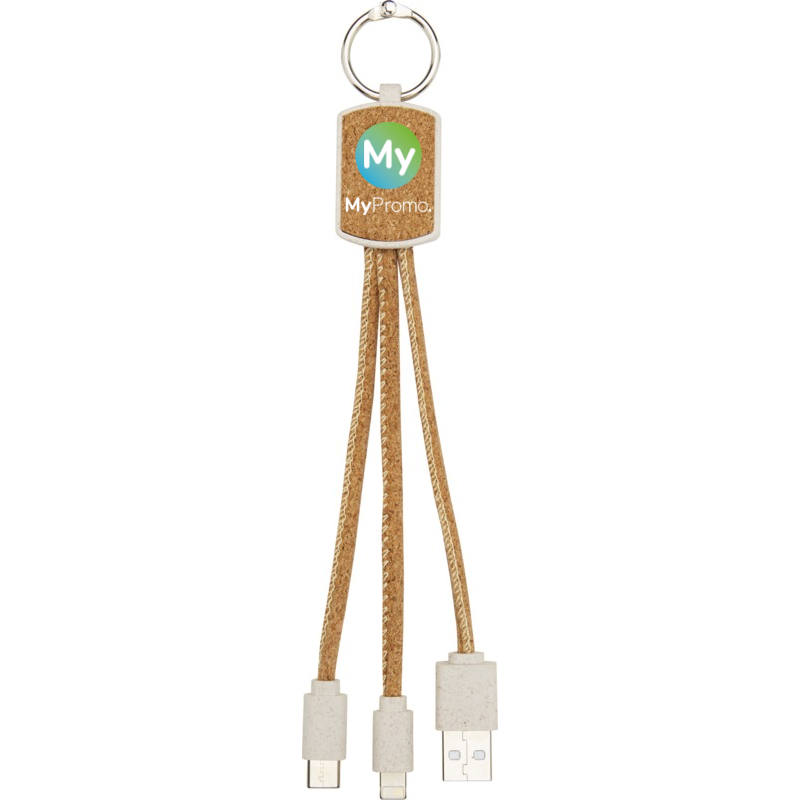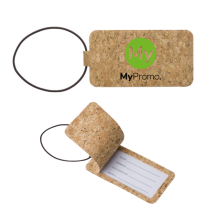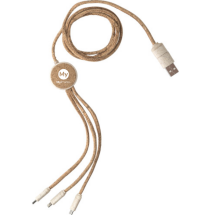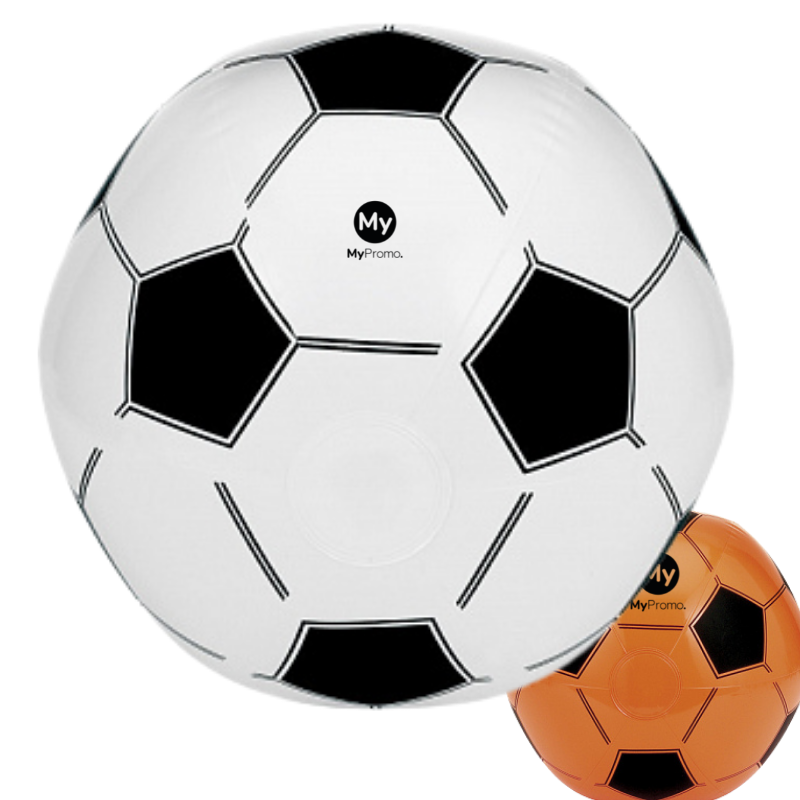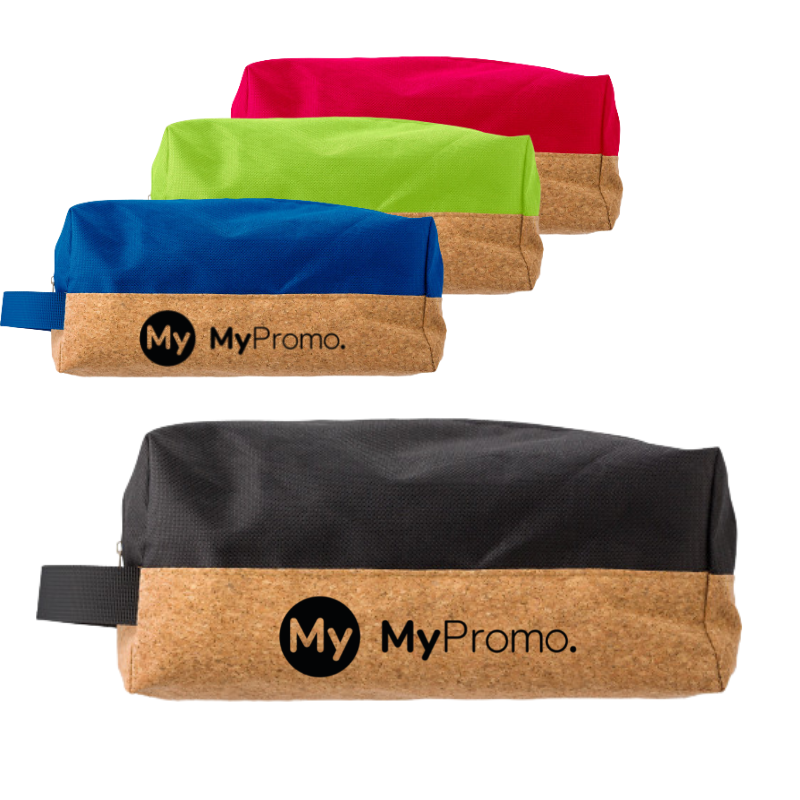Cork
What is Cork?
Cork is a natural material that holds significant importance in the manufacturing sector and is particularly favoured for creating unique promotional gifts. Extracted from the bark of the cork oak tree, primarily found in the Mediterranean region, cork has been used for thousands of years, with evidence of its use dating back to Ancient Egypt. Its historical uses range from fishing buoys to the seals of ancient caskets, highlighting its versatile and durable nature.Cork is harvested through a sustainable process that does not harm the tree, allowing it to continue growing and producing bark. The bark is carefully stripped from the tree, which then regenerates its bark over a period of approximately nine years. This makes cork an environmentally friendly choice as the trees are not cut down, and the forest biodiversity is maintained.
The Remarkable Qualities of Cork
Cork is celebrated for its unique set of properties which include being lightweight, impermeable to liquids and gases, elastic, and providing thermal and acoustic insulation. These characteristics stem from its cellular structure, which is composed of tiny, sealed honeycomb cells containing air. This structure not only makes cork incredibly buoyant but also resistant to wear and tear, contributing to its longevity.
Versatile Uses of Cork in Manufacturing and Promotional Products
Cork's applications are vast and varied, showcasing its adaptability and appeal in different sectors. In manufacturing, cork is used for a myriad of products such as flooring, insulation panels, automotive gaskets, and even in aerospace for heat shields. Its natural aesthetic and texture make it a popular choice for home and personalised office supplies as well.
In the realm of promotional gifts, cork is particularly advantageous due to its eco-friendly image. Custom cork coasters, bulletin boards, and even stylish cork wallets are popular items that can be personalised for branding purposes. These cork-based products not only serve a practical purpose but also convey a message of sustainability and environmental responsibility.
Comparing Cork to Other Materials
When compared to other materials like plastic or metal, cork stands out for its eco-friendly attributes and sustainability. Unlike synthetic materials, cork is biodegradable and renewable. However, it does face challenges such as variability in quality due to natural growth conditions and potential degradation if exposed to the elements without proper treatment. Despite these challenges, cork’s benefits often outweigh its limitations, particularly when considering its impact on the environment and its role in promoting a sustainable future.
Embracing Cork in Sustainable Manufacturing
With a growing focus on sustainability and eco-conscious manufacturing, cork continues to gain popularity as a material that not only meets these needs but also adds value and appeal to the products it graces. As we advance, the potential for new and innovative uses of cork remains vast, promising a greener and more sustainable path forward in both manufacturing and promotional industries.
| Property | Description | Benefit |
|---|---|---|
| Density | Low density, lightweight material | Easy to transport and handle, reduces shipping costs |
| Permeability | Impermeable to liquids and gases | Ideal for sealing and insulation purposes |
| Elasticity | High flexibility and can regain shape after pressure | Prevents permanent deformation, durable in use |
| Thermal Insulation | Excellent insulator | Reduces energy costs in buildings and other applications |
| Acoustic Insulation | Sound absorbing | Enhances room acoustics, useful in construction |
| Buoyancy | Very buoyant | Suitable for fishing buoys and other maritime uses |
What is cork?
Cork is the bark of the cork oak tree (Quercus suber), predominantly harvested in Mediterranean countries. It is a completely natural, renewable, and biodegradable material, used for a wide variety of applications due to its unique properties.
How is cork harvested?
Cork is harvested by stripping the outer bark of the cork oak tree, a process that does not harm the tree. Cork oak trees are unique in that they can regenerate their bark, making cork a sustainable resource. The trees are typically harvested every nine years, which allows them enough time to regrow their bark.
What makes cork sustainable?
Cork is considered sustainable because the cork oak tree is not cut down to harvest the bark, allowing it to continue to live and grow. The ability of the cork oak to regenerate its bark, combined with a long lifespan that can exceed 200 years, ensures ongoing absorption of CO2, contributing to carbon sequestration.
What are the unique properties of cork?
Cork is lightweight, elastic, compressible, and an excellent insulator. It is also hypoallergenic, impermeable to liquids and gases, and fire retardant. These properties make cork suitable for a wide range of applications.
Can cork be recycled?
Yes, cork is recyclable and can be reused in various applications, such as underlayment for flooring or as raw material for energy production. Recycling helps to extend the life cycle of the material and reduces environmental impact.
